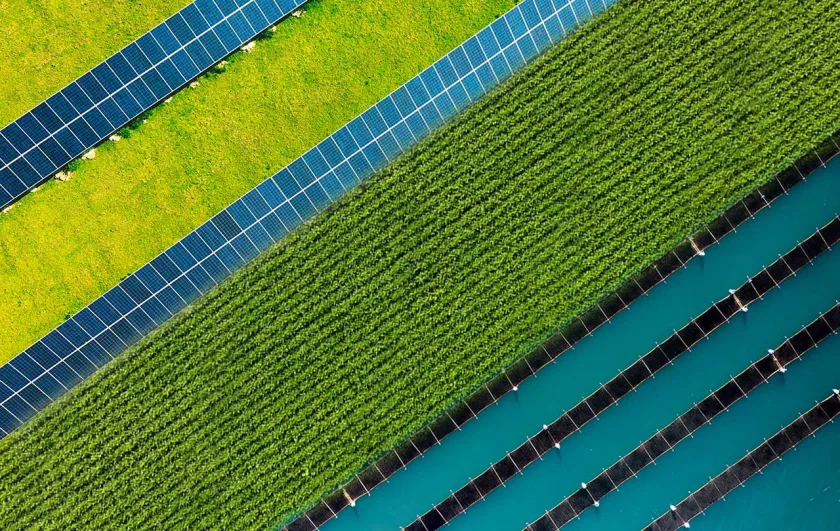
Today, when the state of the environment is on everyone’s mind, it’s exciting to hear about new solutions to those problems. There is a tremendous amount of pressure on farmers to produce more food for a growing population all the while reducing their carbon footprint. Despite what seems like a daunting task, farmers and researchers are developing strategies that are both economically viable and eco-friendly. Below are three, innovative farming practices that might be key to a sustainable future.
On this page
Carbon Farming
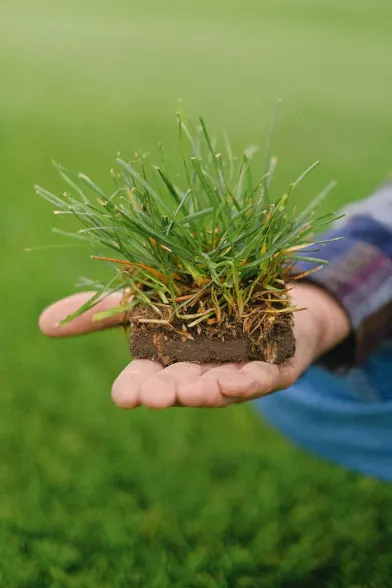
Carbon sequestration is the process of capturing carbon dioxide (CO2), the largest contributor to global warming, and storing it as carbon. A carbon sink is anything that absorbs more CO2 than it releases. The soil, oceans, and forests soak up a huge portion of carbon that would otherwise contribute to global warming.
Agriculture is the only industry that can act as a carbon sink. Just like natural plants and forests, agricultural crops remove CO2 from the air and store it in the soil. However, agricultural practices that degrade the soil can release that CO2 back into the atmosphere.
Carbon farming involves increasing the amount of carbon that is sequestered on your farm while decreasing the amount of CO2 released into the atmosphere. Several ways to accomplish this are reducing tillage, using cover crops, and increasing soil biodiversity. Once a farm is able to store more carbon than they lose, the sequestered carbon can be sold as “Carbon Credits”.
Carbon Credits
Government legislations like Canada’s Federal Greenhouse Gas Offset System and the USA’s Growing Climate Solutions Act gives farmers access to carbon credit markets which compensates them for reducing their environmental footprint. 3rd party certification processes measure the amount of carbon sequestered and attribute a value which farmers can then sell to companies looking to offset their CO2 emissions. Farmers using eco-friendly methods of cultivation that regenerate their soil have a greater opportunity to sell carbon credits.
Solar Farming
Can solar panels and agriculture coexist? They can, and the term for it is “Agrivoltaics”, the simultaneous use of land for agriculture and solar power generation.
The wide-open expanse of farmland provides an ideal location for solar panels to convert the sun’s energy to electricity. Although the start-up costs are high, the long-term benefits of installing solar panels between crop rows seems worth it. Farmers can then make extra income by selling the electricity they generate back to the grid.
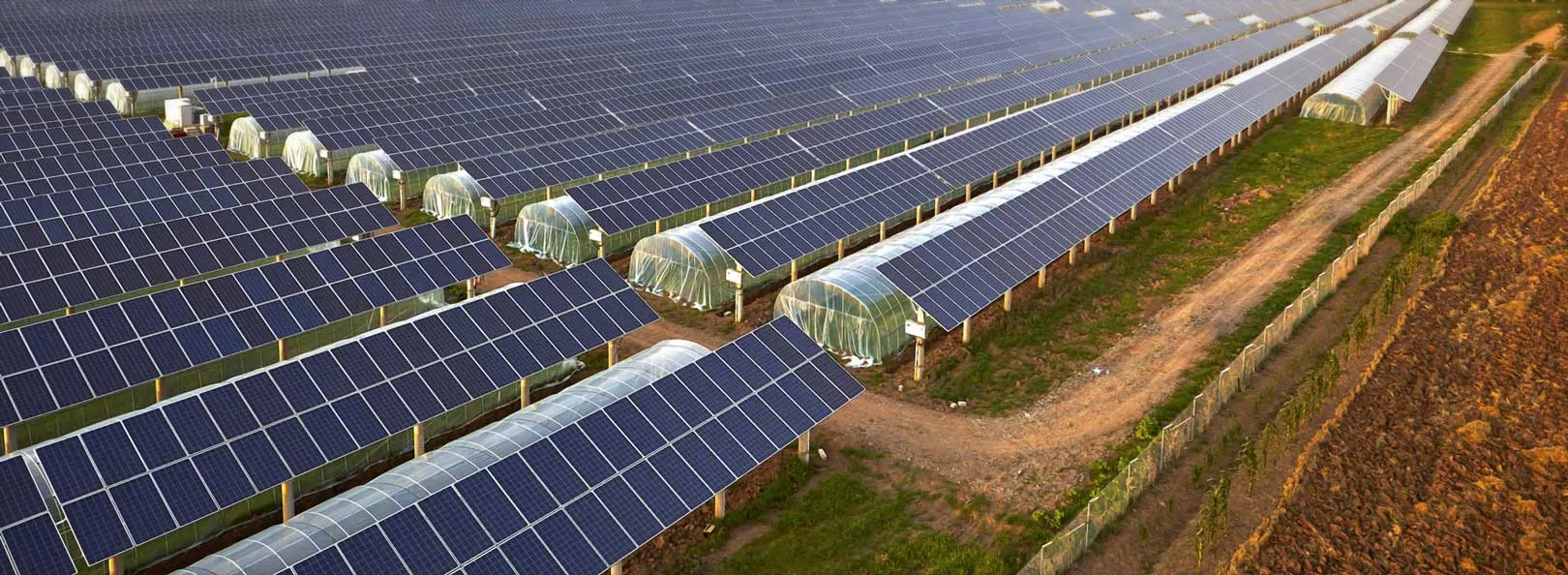
Solar Farming with Crops
Not only do solar panels provide eco-friendly electricity, they also work synergistically with crops. While solar panels help protect crops from environmental stressors, the evaporation of moisture from the crop helps cool the solar panels, boosting their efficiency.
In hot, dry years or in arid regions, Agrivoltaics are particularly beneficial. According to Barron-Gafford’s research in the Arizona desert, some crops cultivated beneath solar panels used 50% less water. As our summers get longer and hotter due to global warming, protecting crops from direct sunlight might become more necessary.
There are many different variations of Agrivoltaics depending on the type of crop and the climate. For example, vertical standing solar panels can provide more protection in areas with high winds while horizontal solar panels will block out more sunlight for shade tolerant plants.
Solar Farming with Livestock
Solar farms can also work cooperatively with livestock. Sheep and cows help keep down weeds underneath solar panels that would otherwise be labour intensive to mow.
Arnprior Solar is an Agrivoltaics project west of Ottawa, Canada that provides grazing land for livestock and enough power for 7000 homes. The project’s sheep herd saves them approximately $30,000 a year on weed maintenance while reducing the farmer’s feed costs. Arnprior also keeps honeybees on their land and is home to a monarch butterfly conservation project.
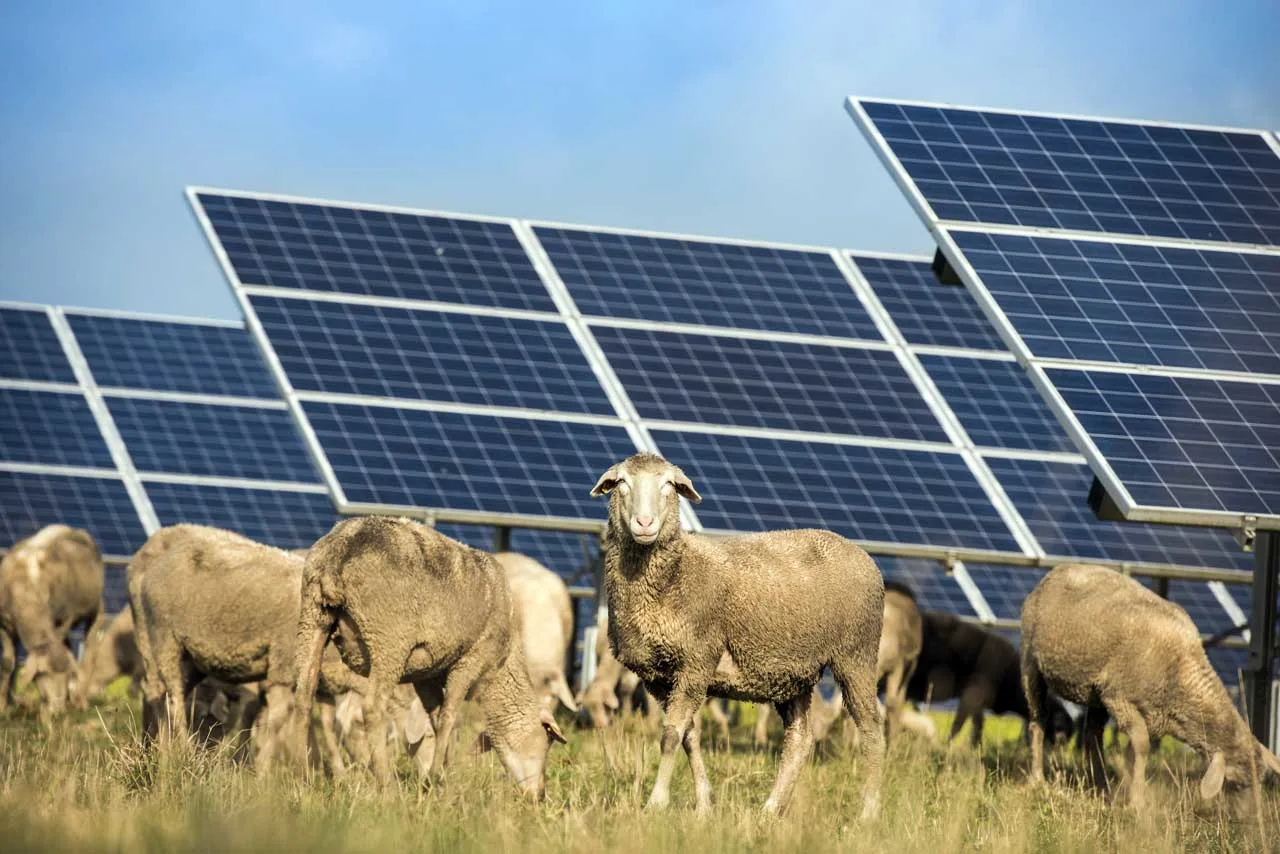
Seaweed Farming
Seaweed farming might be one solution to finding a sustainable food source and reducing climate change. Although it is already a massive industry in parts of Asia, producing 30 million tons of seaweed per year, seaweed farming is just starting to make its way to Europe and North America.
Seaweed Uses
Seaweed grows rapidly and requires no extra nutrients or chemicals if grown in the ocean. It is an excellent food source full of antioxidants, minerals, proteins, carbs, fibre, and essential fatty acids. Seaweed can also be used in cosmetics, biofuels, medicines, fertilizers, and animal feed. Companies are even developing fabrics made from seaweed and eco-friendly plastic alternatives like biodegradable packaging, water capsules, and drinking straws.
Seaweed Farming in the Western Market
The high amount of labour involved with seaweed farming makes it difficult to implement in North America and Europe compared to Asia where labour costs are generally lower. To make it economically viable in western countries, the seaweed farming process will need to become more automated to reduce labour costs. Nevertheless, seaweed farming in the west is a growing business. Ocean Rainforest is running a seaweed farm in California while Cascadia Seaweed is planning on farming kelp on 6000 acres off Vancouver Island. Acadian Seaplants, who started seaweed farming in Nova Scotia in 1981, continues to expand with several seaweed production facilities in Canada’s east coast, Scotland, and Ireland.
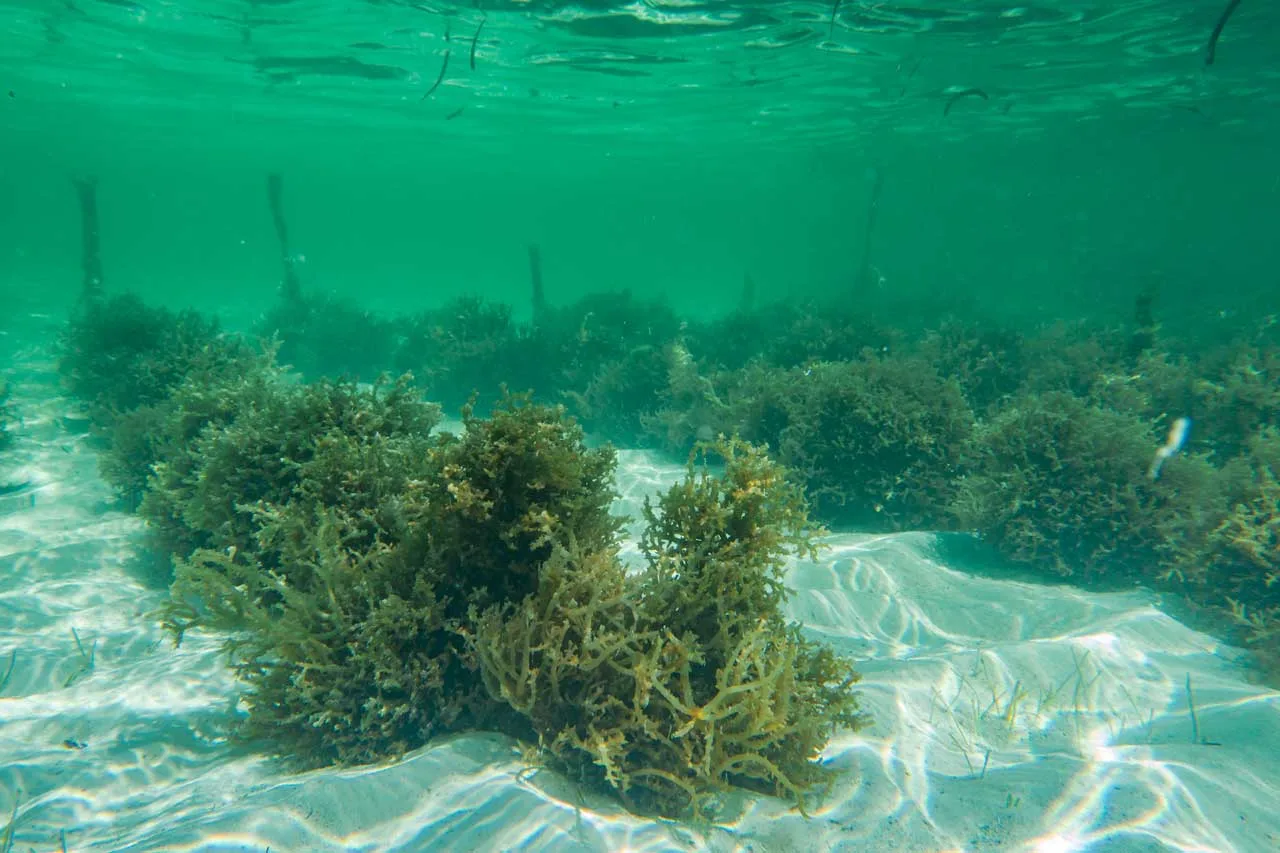
Inland Seaweed Farms
Inland seaweed farms have the advantage of producing year round with temperature-controlled tanks. These inland tanks help reduce waste from fish farms by using the excess nutrients as fertilizer. In 2015, kelp seedlings were planted in a fish farm near Tofino, BC. Seedlings planted closer to the fish farm grew 50% faster than those planted further away.
Seaweed Reducing Climate Change
New research in Australia has shown that certain species of red seaweed (Asparagopsis taxiformis), can reduce cattle flatulence by between 32-98% depending on the dose, diet, and animal. This is important because the methane (CH4) released from livestock is a greenhouse gas 30 times more potent than CO2. Livestock contribute 14.5% to our global greenhouse gas emissions with 44% of that attributed to methane. While CO2 remains in the atmosphere for hundreds of years, methane only takes a decade to break down. If we’re able to reduce our methane emissions we would see relatively immediate affects on global warming.
Currently the amount of wild red seaweed we can harvest is not nearly enough to supplement the world’s livestock. As seaweed farm production continues to grow, red seaweed could become another solution to combating climate change.
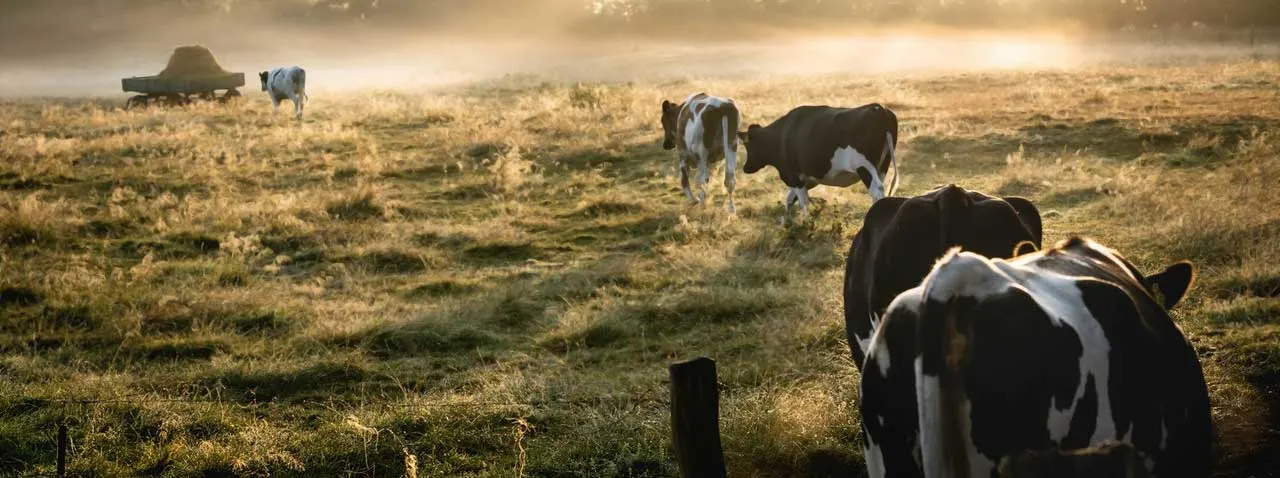
Carbon Farming, Solar Farming, and Seaweed Farming are not bulletproof solutions to our environmental and sustainability concerns, but they are a step in the right direction. If we can continue to develop eco-friendly strategies that also increase farming efficiency, it will be a win for the farmer, the consumer, and the environment.
Links
Carbon Farming
cbc.ca/radio/thehouse/agriculture-agrifood-climate-carbon-cop26-1.6247452
bbc.com/future/article/20211020-carbon-farming-a-better-use-for-half-earths-land
Solar Farming
npr.org/2021/11/14/1054942590/solar-energy-colorado-garden-farm-land
blog.compassenergyconsulting.ca/agrivoltaics-integrating-solar-and-agriculture-is-a-win-win
Seaweed Farming
euronews.com/green/2020/06/09/seaweed-farming-an-economic-and-sustainable-opportunity-for-europe
bbc.com/news/business-53610683
bcbusiness.ca/BC-kelp-farming-is-untapped-resource
civileats.com/2021/07/20/kelp-at-the-crossroads-should-seaweed-farming-be-better-regulated/
